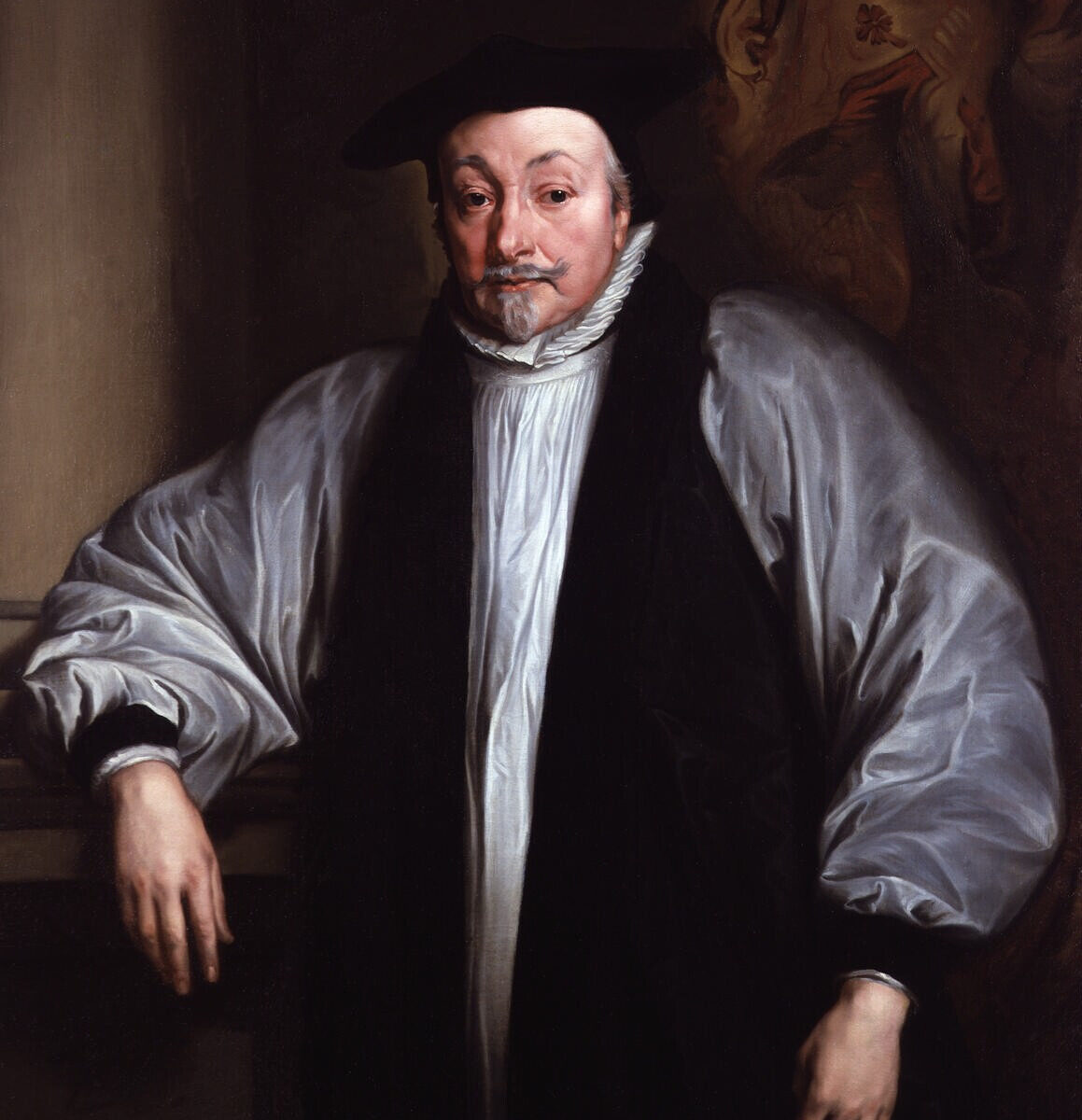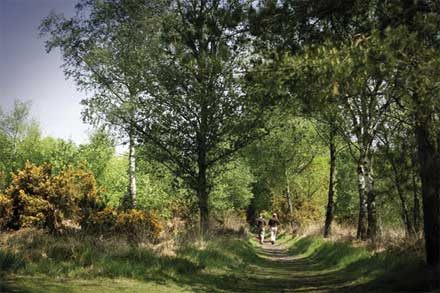St Dunstan (c909-988) is an important figure in Wessex history and folklore. Born at Baltonsborough, near Glastonbury, he was educated at Glastonbury Abbey by Irish monks. According to one of his earliest biographers, he was introduced by his uncle Athelm, archbishop of Canterbury, to the court of King Athelstan. However, Athelm died a year before Athelstan became king, so this account cannot be regarded as reliable.
Dunstan was highly influential in successive royal courts, and spearheaded a reform of the monasteries, which had become corrupt and venal. This naturally made him many enemies. but he was largely protected by the patronage of successive kings. This changed when the dissolute king Eadwig came to the throne, aged just 16. Dunstan instantly made himself unpopular with the new king when he dragged him back to his own coronation feast, which he had slipped away from in order to enjoy a threesome with a noblewoman named Aethelgifu (who he later married) and her daughter Aelfgifu. At least that’s what the Anglo-Saxon Chronicles tell us, though some scholars dismiss this as propaganda designed to blacken the king’s name
Again according to the Chronicle accounts, Eadwig never forgave Dunstan for this, and he was forced into exile in Flanders. Eventually, the people of Mercia and Northumbria revolted against Eadwig and installed his brother Edgar (“the Peaceable”) as king of England north of the Thames – an interesting example of regionalism in action even after the supposed unification of England. Dunstan returned to England and was installed as bishop of Worcester, out of Eadwig’s jurisdiction. Two years later, Eadwig died and Edgar became king of all England, appointing Dunstan as archbishop of Canterbury shortly afterwards.
Dunstan died in 988. According to pious legend, he was told of his death three days in advance by angels, and assembled priests to give him the last rites and say a solemn mass in his presence. He remained a popular saint for many centuries afterwards, and many legends and folk tales accrued around him. The best-known of these is the story of his being visited by the Devil while working in his smithy and grabbing the Fiend by the nose with his tongs. This tale is alluded to in A Christmas Carol by Charles Dickens (“If the good Saint Dunstan had but nipped the Evil Spirit’s nose with a touch of such weather as that, instead of using his familiar weapons, then, indeed, he would have roared to lusty purpose”), suggesting that it was still familiar to audiences in Dickens’s time. It may be related to the fact that Dunstan was the patron saint of the Goldsmiths’ Guild during the middle ages.
A fictionalised account of the saint’s life is given in the 2017 novel Dunstan by Conn Iggulden. The main secondary school in Glastonbury still bears his name to this day.





